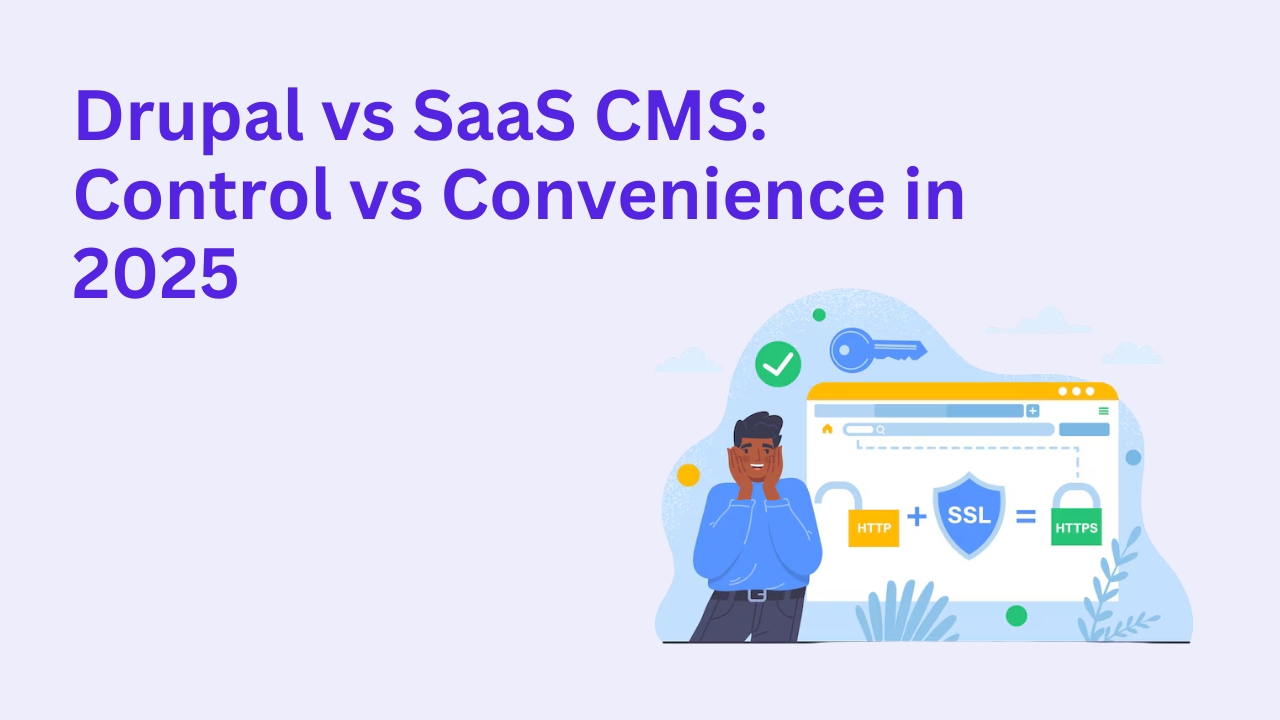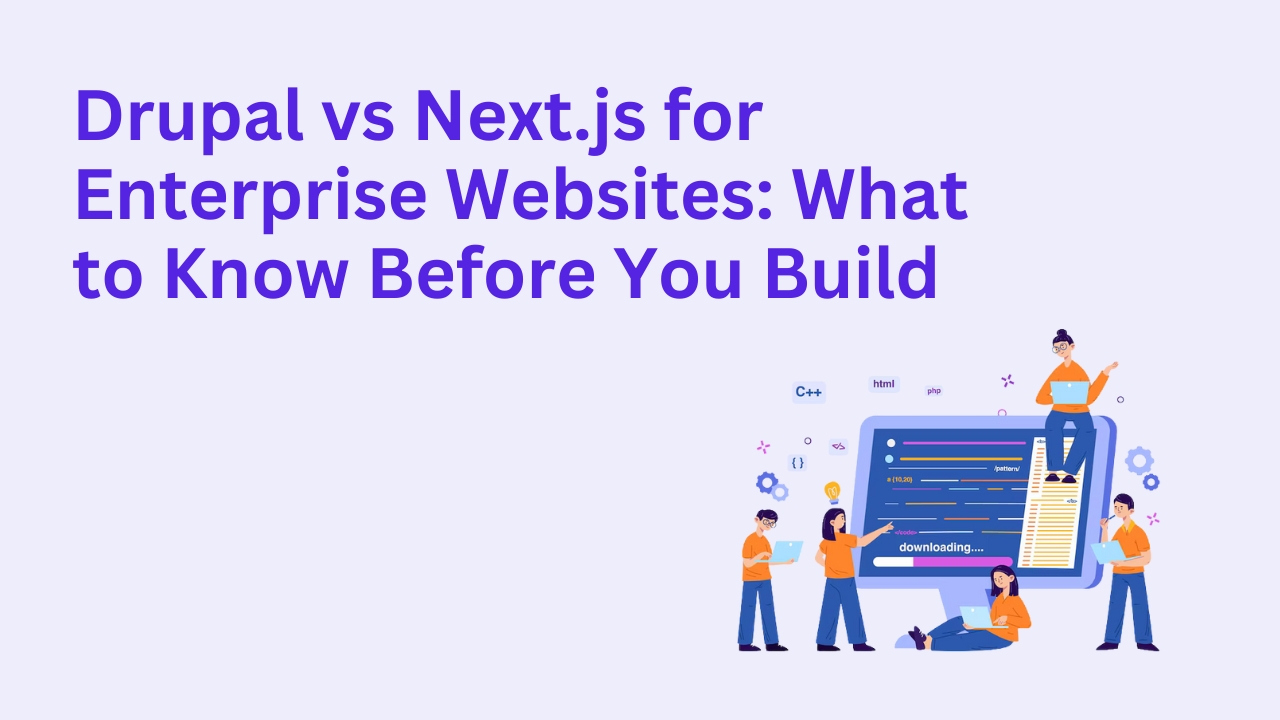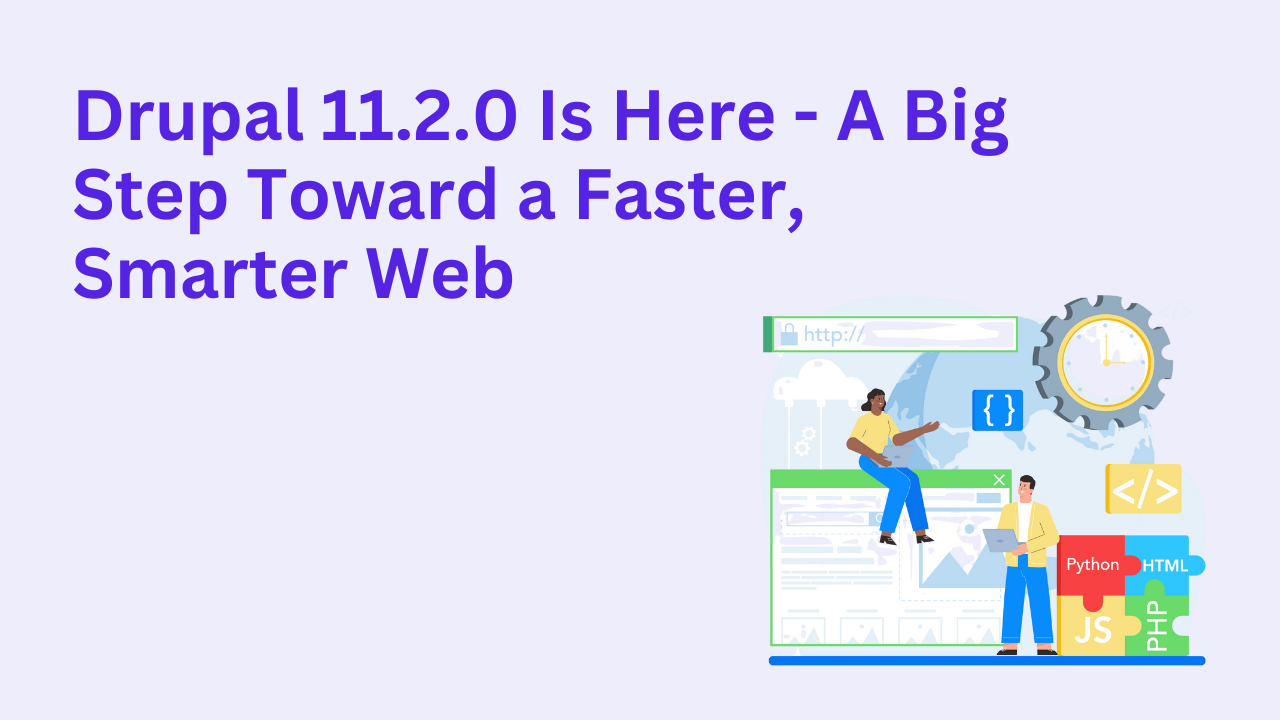Drupal vs Prismic: Best Option for Structured Content and APIs?

Choosing the right content management system (CMS) for structured content and robust APIs can make or break your digital presence. If you're weighing Drupal against Prismic, it's essential to understand how each handles scalability, flexibility, content modeling, and developer experience. Let’s break it down for decision-makers and developers alike.
What Is Prismic?
Prismic is a headless CMS focused on content as a service. It allows developers to fetch content via APIs and render it in any frontend framework—popular with teams building modern, JavaScript-heavy websites. Prismic prioritizes simplicity, speed, and a visual editor interface for marketers.
What Is Drupal?
Drupal is a powerful open-source CMS built to handle complex structured content, workflows, and enterprise-level needs. While it started as a traditional monolithic CMS, modern versions (especially Drupal 10) support headless and decoupled architectures as well.
Explore how we use Drupal to build scalable, flexible content platforms
Content Modeling Capabilities
Drupal
Offers unmatched granularity with content types, fields, taxonomies, and relationships.
Highly customizable content structures for enterprise needs.
Built-in multilingual and revisioning support.
Great for nested and relational content (think healthcare, education, B2B portals).
Prismic
Offers “Slices” for component-based content modeling.
Easier and faster to model content for small to mid-size sites.
Less control over complex relational data or reusable content structures.
Verdict: If your content is deeply structured or interconnected, Drupal is more capable.
API Strength and Flexibility
Drupal
Supports both JSON:API and GraphQL out of the box.
Full control over data exposure, authentication, and caching.
Ideal for large-scale decoupled or multi-channel experiences.
Prismic
Provides GraphQL and REST APIs.
Optimized for fast content delivery and developer-friendliness.
More limited when deep customization or complex querying is needed.
Verdict: Drupal offers more enterprise-grade control and extensibility.
Developer Experience
Drupal
Steeper learning curve, but highly extensible.
Large module ecosystem to extend functionality without reinventing the wheel.
Preferred for enterprise development workflows and continuous integration.
Prismic
Developer-friendly with great documentation and a smooth integration path with frameworks like Next.js and Nuxt.
Faster setup for small to mid-tier websites.
Verdict: If you're building a content-heavy app with dev teams in React, Vue, etc., Prismic is fast. For robust, secure, long-term ecosystems, Drupal wins.
SEO, Performance, and Scalability
Drupal’s backend customization and SEO-friendly features make it a favorite among businesses prioritizing search visibility. Combined with a front-end framework, it can match JAMstack-level performance.
Prismic, on the other hand, relies heavily on how developers implement SEO best practices in the frontend code.
Need a custom Drupal build that’s SEO-ready and scalable? Talk to our team
Pricing & Licensing
Drupal: Open-source and free. You only pay for hosting, development, and maintenance.
Prismic: SaaS pricing model that scales with usage and user seats.
Verdict: Drupal offers better cost control at scale, while Prismic may be more affordable for quick MVPs.
Who Should Choose Drupal?
Enterprises managing complex or multilingual content.
Teams that need custom workflows, deep integrations, or layered permissions.
B2B platforms, higher education, government, and healthcare.
Who Should Choose Prismic?
Startups and SMBs looking for a fast, minimal CMS.
Projects focused heavily on frontend frameworks.
Teams with strong JavaScript capabilities but limited CMS needs.
Final Thoughts
Drupal and Prismic serve different use cases. If you're building a sophisticated digital platform with layered content relationships, strict governance, and long-term scalability, Drupal stands out as the stronger foundation.
On the other hand, Prismic can be an excellent short-term solution for teams seeking simplicity and speed.
Ready to invest in the right architecture for your business?








